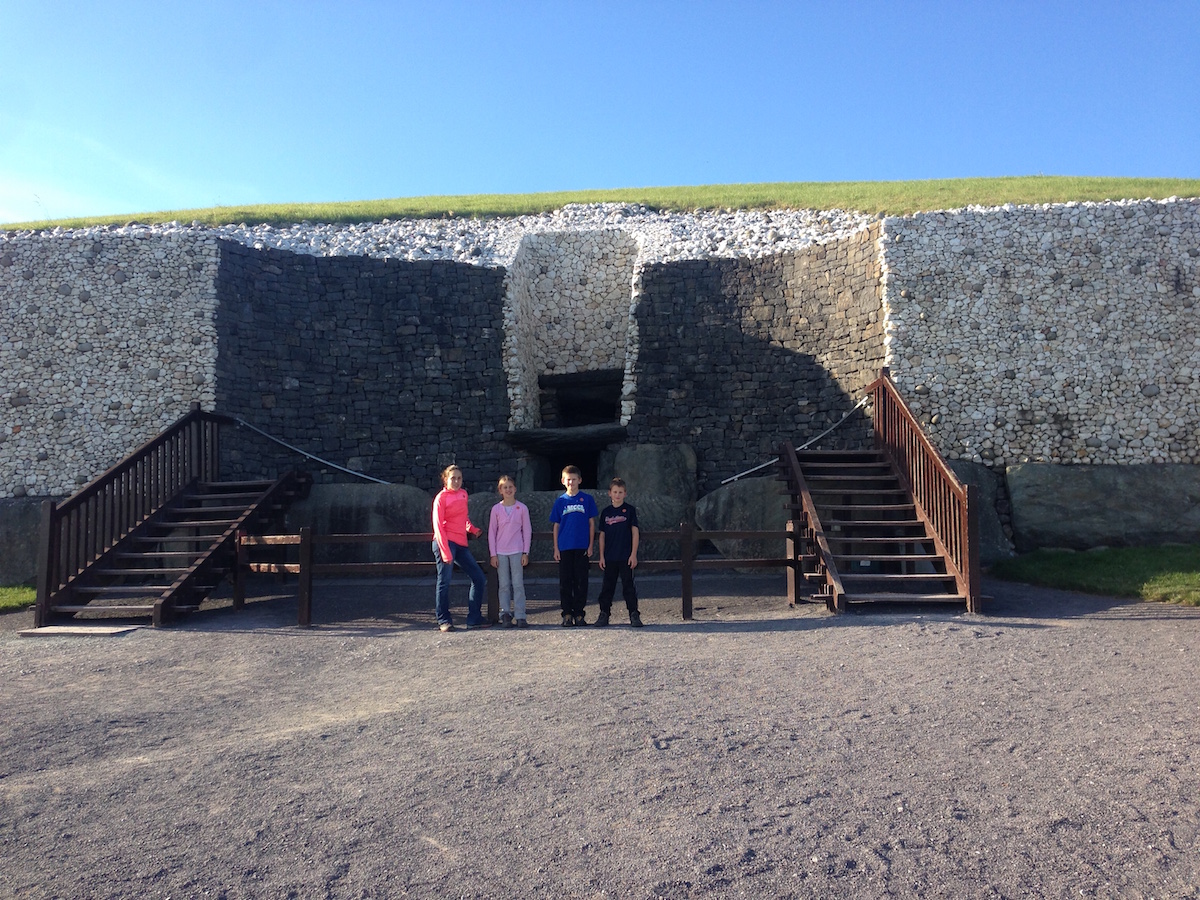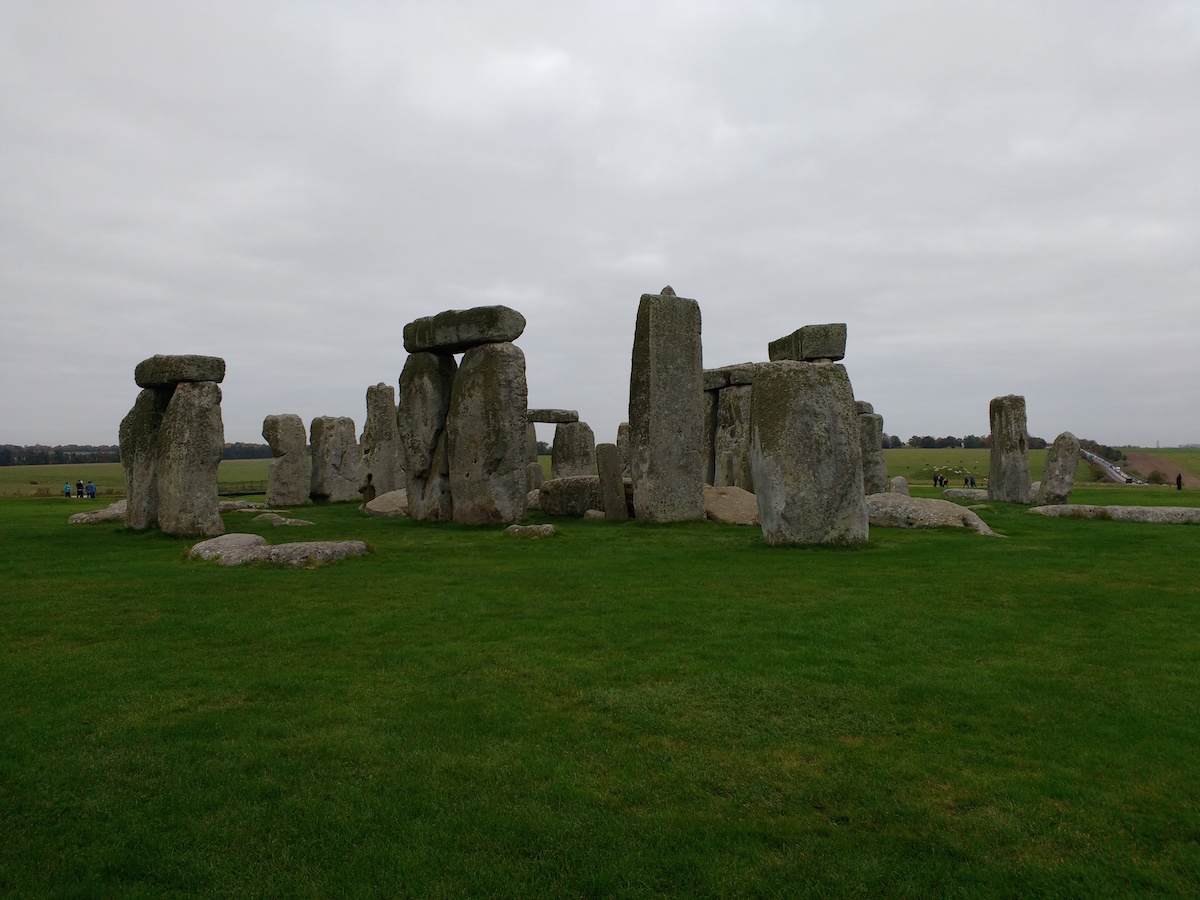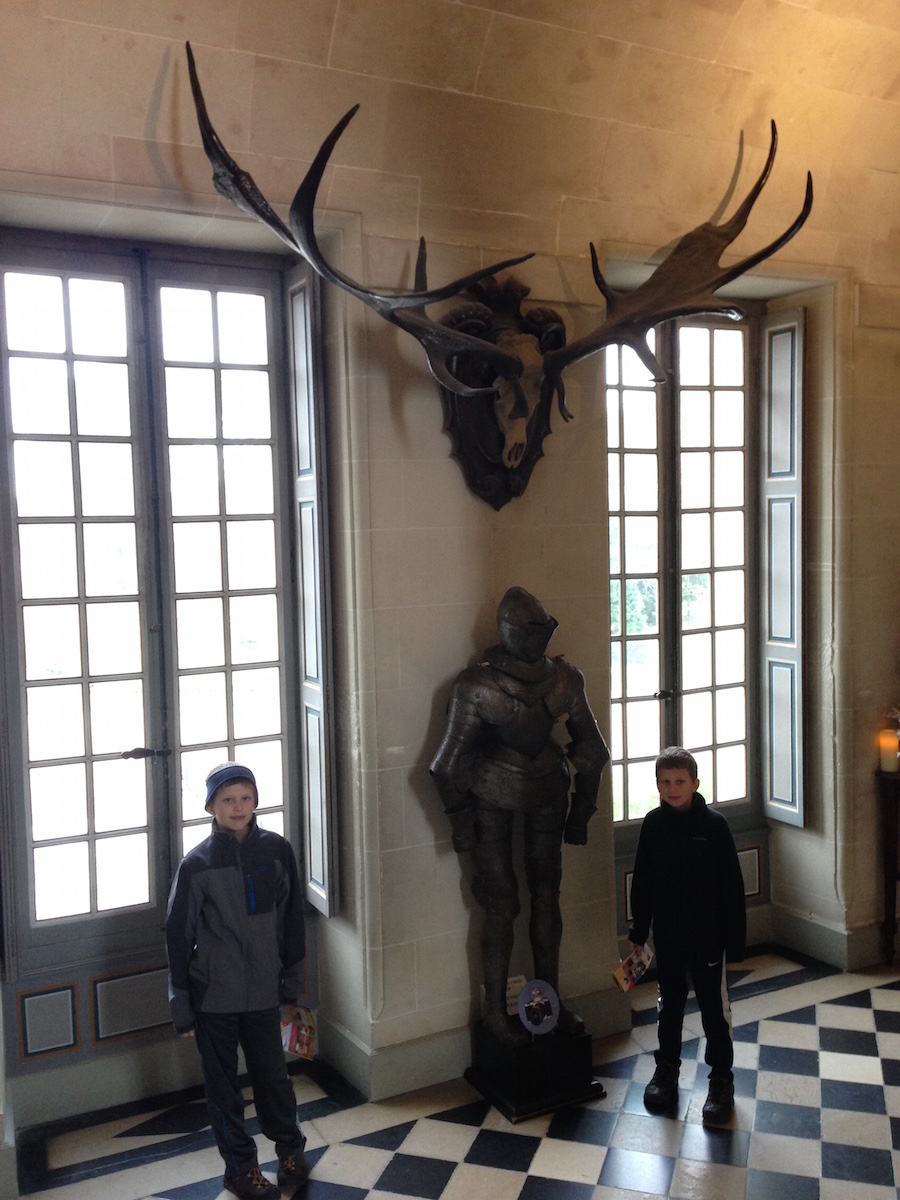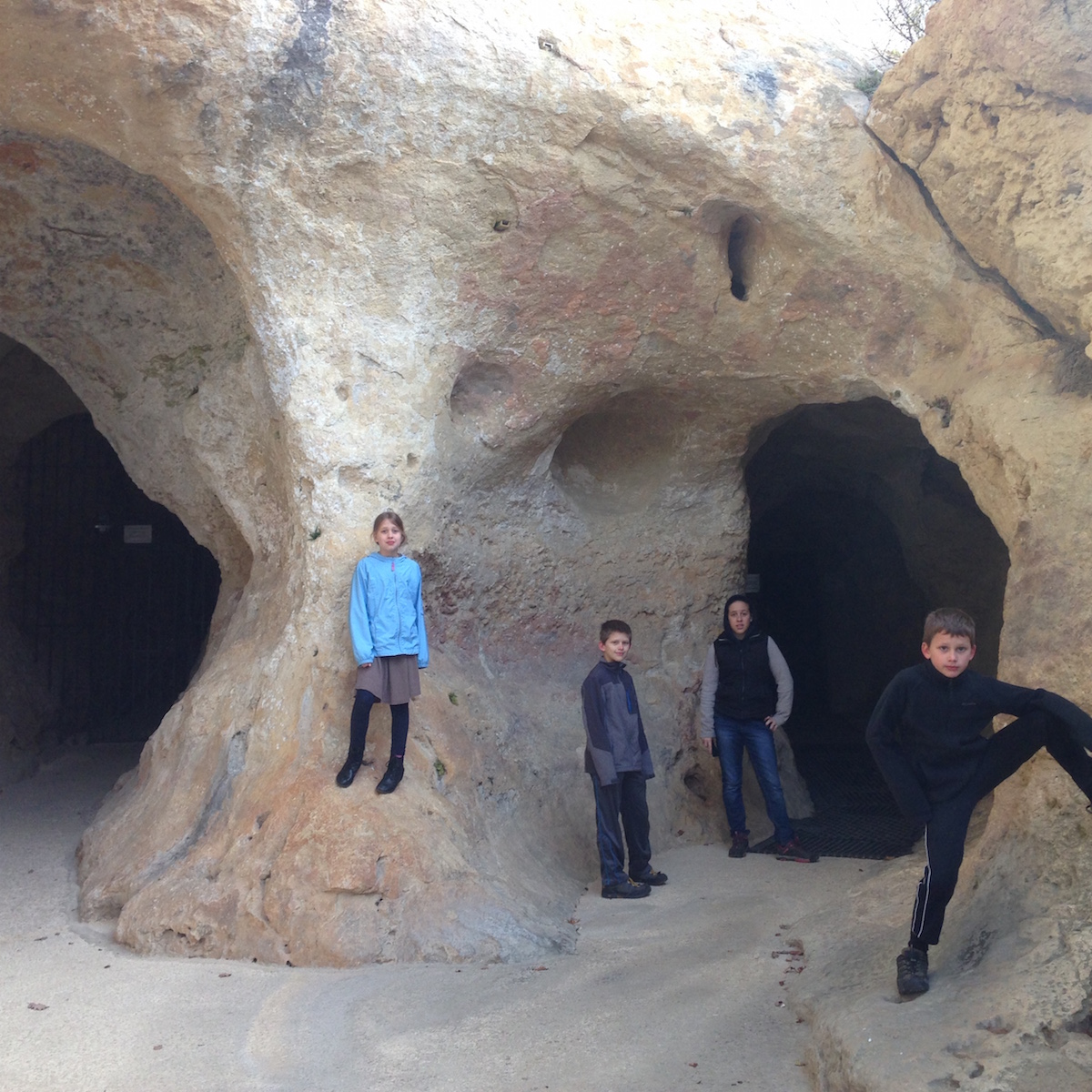A long long time ago......
While traveling in Europe we have visited some prehistoric places. The first place was in Brú na Bóinne just north of Dublin. It dated back to 7000 BC. It is cleverly arranged with the position of the sun. For six days only at the end of the year from 9:00am to 9:15am the sun shines through the sun box and enters the tiny chamber at the end of the long passage. What is Brú na Bóinne? It is a complex of three tomb passages. Only Newgrange is open to the public. Who built Brú na Bóinne? Was it the Fairies? Local legend says so, but no, the people that built Brú na Bóinne are called The Tomb Passage Builders which sort of makes sense since 80% of the structure (not counting the mound) was passage. What we saw wasn't like it used to be. When Brú na Bóinne was first 'discovered' by modern man, tourists came and took souvenirs, like a bone necklace or a flint knife. Record shows that there were some gold things there also. When the easy souvenier supply ran out, then they took stones that had been wedged into cracks, soon Newgrange was unstable. Now it has been repaired and its cracks were filled with mortar. But all the artifacts are gone forever. The big question is why was Brú na Bóinne built? No one knows for sure, most likely as a religious sight. Back then the life expectancy was around 40 years and life was a struggle to stay alive. Why would they have put their time and energy into building such a structure? The stones weighed many tons and they transported them over forty miles. Below is a photo of the most photographed stone in Europe which sits right in front of the entrance to Newgrange.
The curators took some of the mound away so the stone won't get worn away from being climbed over. The stone is carved in beautiful designs that is thought to possibly be an ancient universal language. Another feature in Brú na Bóinne is all it's tomb passages are all laid out in the shape of a cross. Entering the passage you first walk a long curvy, narrow, low ceiled path to the center of the structure. Here you enter a 'crossroads' with a room to your right, one to your left and one straight ahead. The right side is the biggest and appears to be of greatest importance. The room straight ahead has the famous "Newgrange Spiral" on the wall. It is a triple spiral that never ends. It is thought to represent life and unity. Each room has a couple stone basins that were filled with bones when Newgrange first became a tourist attraction, they are not there anymore. The right room has an enormous stone basin that is thought to have contained a royal burial, the bones are no longer there.
The next place is Stonehenge in England. It, like Newgrange, is aligned with the sun. During summer and winter solstice, for sunset and sunrise respectively, the sunlight shines through the arranged stones. A lot of it has fallen down over the years but it was a masterpiece built in 3000 BC.
There are three different stages to Stonehenge. The first stage is a ring of thirty six Aubrey holes surrounded by a ditch and in the Aubrey holes and in the ditch were bones. The "Stonehenge archer" was found in this ditch with a quiver of arrowheads (and decayed wood) and some arrowheads in his ribs suggesting he was shot.
The only thing outside the ditch was the Heelstone, the only stone that was not shaped. Various stories try to explain it but no one knows for certain.
The second stage, a 1000 years later, around 82 bluestones were brought 240 miles from southwest Wales. There were arranged as trilithons (two uprights with a lintel across the top) in a sort of double circle shape. They each weighed about 4 tons apiece.
The Third stage was built at about 2000 BC. The big Sarsen stones were brought in. They are the large vertical sandstones. They are arranged in a large circle around the smaller bluestones, with lintels on top. Many have now fallen or are broken.
The "slaughter stones" are two raised stones outside the ring of Sarsens but inside the ditch in line with the Heelstone and the road that led to the river. They're called that because of their reddish tint not because of any evidence of sacrifices, only some bones of animals in the ditch.
The third stage was when the Bluestones inside the circle of Sarsens were rearranged in about 1500 BC.
While walking around we saw where the sun would rise over the heelstone and shine through the ring of stones in a certain angle so coveted by many to observe during the solstices.
The next is just an object we saw. An Ancestor of the Moose. It's antlers are hung at the height it stood, about 15 feet. It's skeleton was found in a marsh. It is in Chateau de Cheverny (a castle in France). Carbon dating shows it lived at around 5000 BC, WOW!!!
Bunnratty castle (Ireland) had the same kind of antlers, found in a swamp.
Next prehistoric place is "Cave Country" in France. About 90 kilometers north of our Airbnb house is an area full of caves and lots of prehistoric art. This is the oldest place we have visited, dating from 10000 BC to 12000 BC. The first cave we visited was Font De Gaume. It has paintings, the colors are red and black with a mix of the two, brown. Calling them paintings doesn't do them justice, they are amazing. The artist uses the natural contour of the rock to make them 3D. They also carve and etch the rock to make it even better. On the internet it looks like something a four year old could do, when you go into the cave it is very different. After being stunned at Font De Gaum we drove to a cliff, Abric de Ca Blanc, where we looked a some sculptures. They are mostly horses. They too are designed to look different as the light and your position changes. There are also biocomposites where there are two animals in one sculpture. Here our guide allowed us to test our carving skills on a chunk of rock on which she is trying to carve a horse. It was hard and slow.
We were driving home when we passed a cave that had engravings on the wall. We stopped and found out we had to get tickets at Font De Gaume, so we got tickets, came back and explored the grotto. There was a Cro-Magnon smiley face that is rare, a few horses, a cave lion, a cave bear and reindeer -the Cro-Magnon's favorite prey. But one of the rarest things is a sitting man, there was also a woman.
What an old world we live in!






